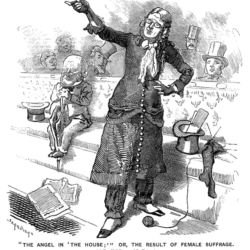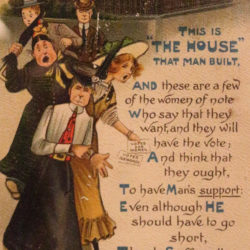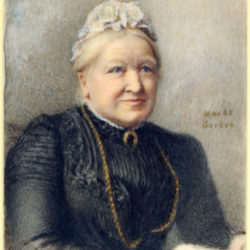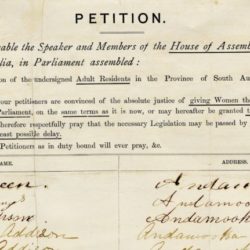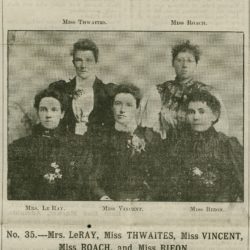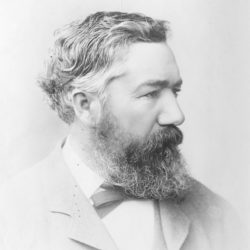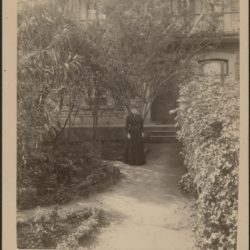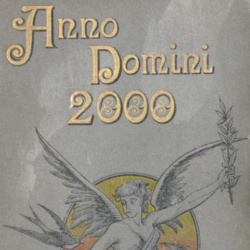
Representing Women’s Suffrage Activism and Legal Change Across Literary Form
Suffrage activism by women in South Australia took place in a global discussion about women’s rights that was legal, political, and cultural.[1] In this post I want to consider two novels, Anno Domini 2000; or, Woman’s Destiny,[2] by Julius Vogel, and Nellie McClung’s Purple Springs [3] These works examine...


